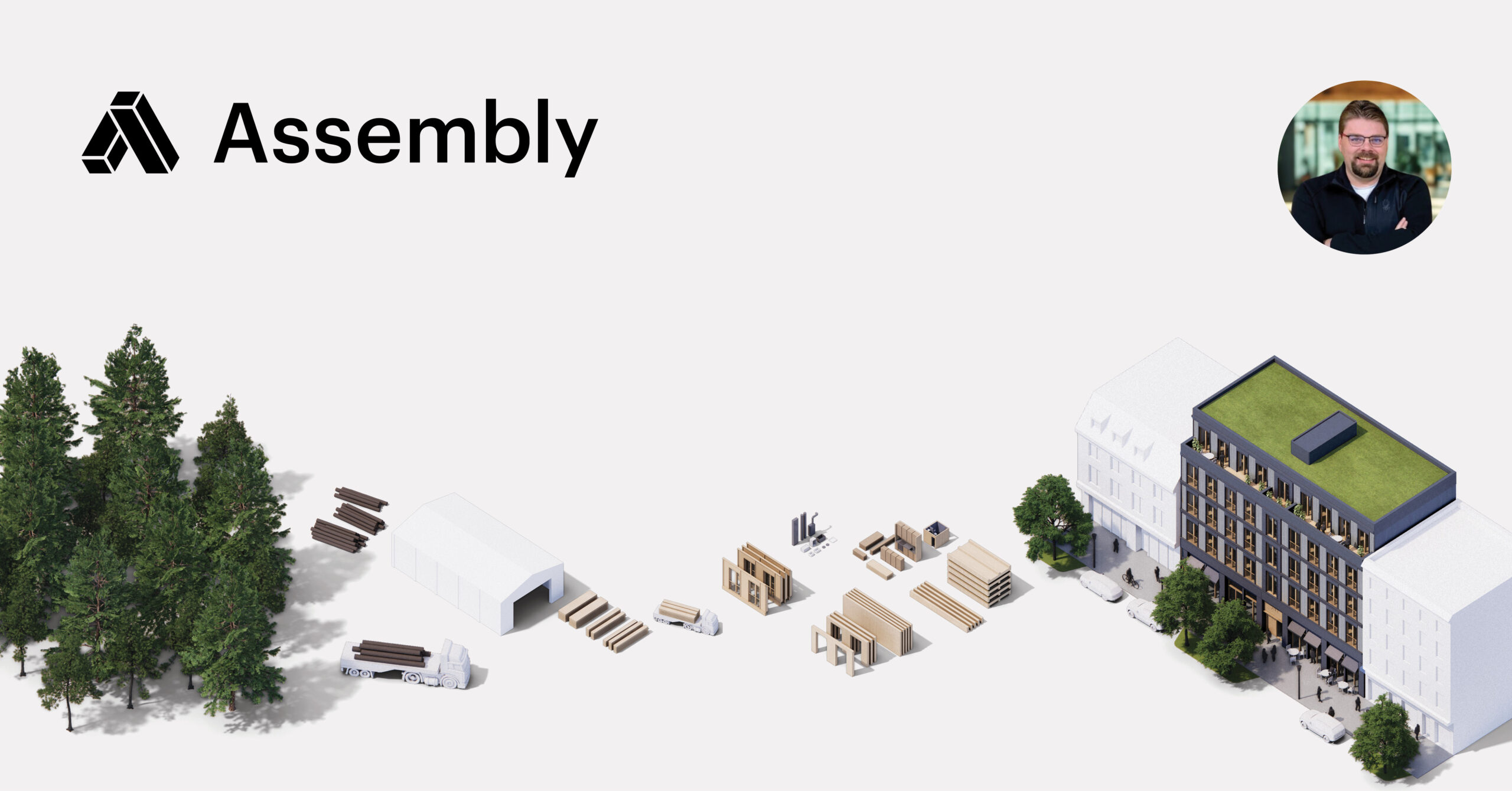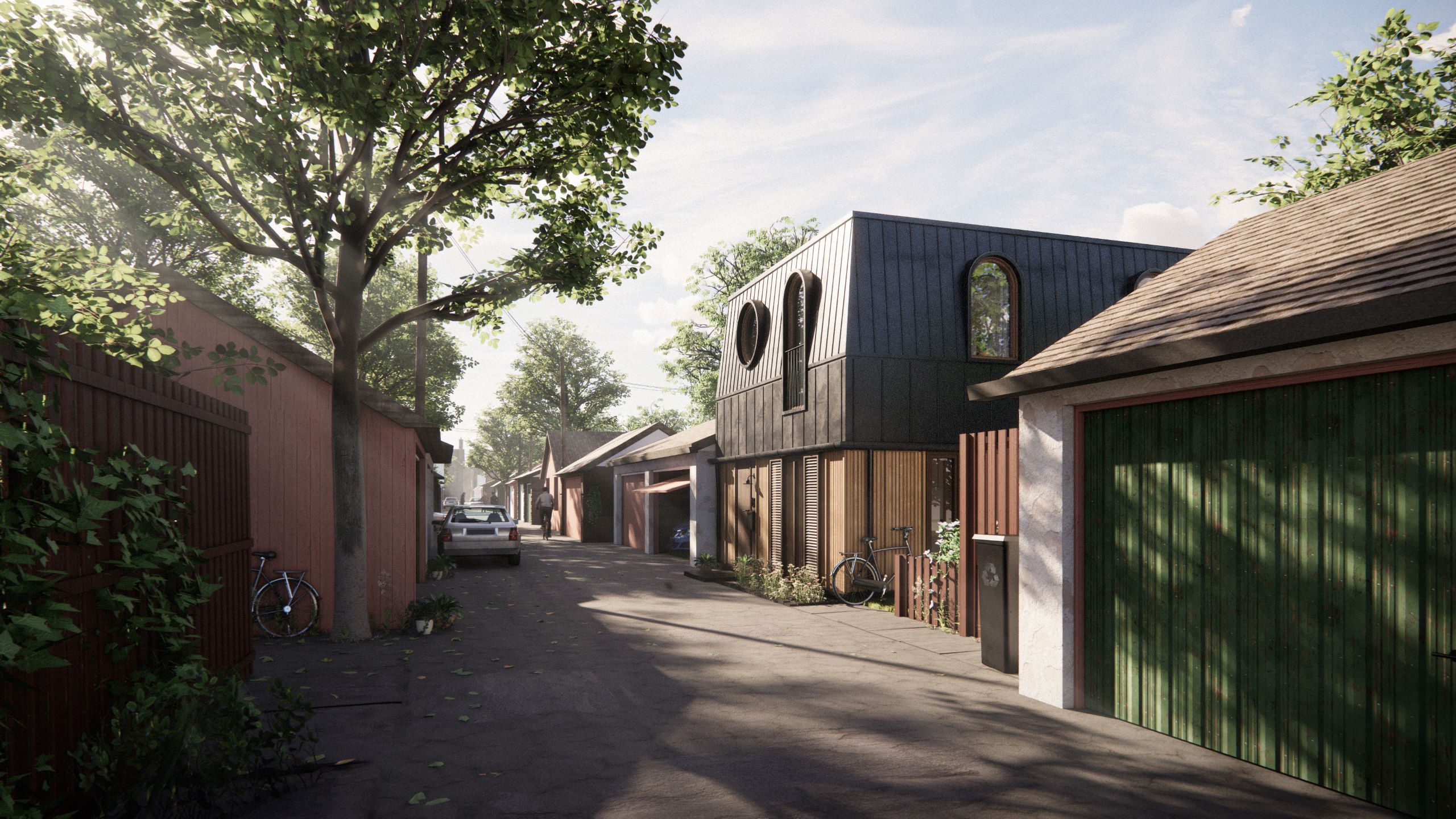A well-established way of life in many countries and cultures, multigenerational living is becoming an increasingly popular choice for Canadians, challenging the way we think of the traditional household. Whether attractive for financial reasons, or the ability to facilitate caregiving for family members in a world shaken by a global pandemic, multigenerational living shows no indication of peaking in popularity. According to findings from the 2021 Census, the multigenerational household has increased in growth more than any other Census household type. Why are so many Canadians opting for multigenerational living?

Financial Reasons
Urban hubs such as Toronto and Vancouver have long been critiqued for their disproportionally high cost of living, while maintaining comparable average incomes. Seeking multigenerational housing can allow families to combine incomes, whether they are seeking a rental opportunity or purchasing real estate. This can remove the financial barrier preventing single-family home buyers from accessing the real estate market. It may also be the only viable option for adult children battling paying off student debt on an entry level job, unable to afford the high cost of living in Toronto. Adding a Laneway or Garden Suite can be an investment made by multiple generations, unlocking the potential of one’s property through gentle densification, and allowing multiple generations to reside on a shared property.
Caregiving Opportunities

Living together with extended family expands care options for senior generations and new family members alike. Many find multigenerational living an attractive option to care for aging parents who require assistance but would like to maintain a level of freedom they would not have in a care facility. Older generations can also help with care for young children; this can provide purpose and strengthen family relationships, while saving on childcare costs. R-Suites are considered ideal to house ageing parents and offer necessary care in place. We offer barrier free configurations in both R-Suites and R-Towns, ensuring accessibility for those in all stages of life.
Covid 19
In recent years, many Canadians have found themselves re-evaluating their priorities in a world permanently altered by a global pandemic. The deficiencies of senior care facilities in Canada were highlighted during the pandemic, leaving many worried when the bleak conditions on the interior were broadcasted. Others found their lives altered by unplanned changes to their socioeconomic circumstances. This priority shift could lead Canadians to choose multigenerational living, where assistance can be found, along with love, within the family home.
Environmental Benefits

The ecological footprint of three generations under one roof is considerably smaller than that of the same three generations, each under their own roof. With growing awareness of how changing human behaviours can have a positive impact on environmental health, higher density housing can mitigate the impacts of our modern life on the environment. All of our builds are designed with sustainability in mind. We utilize natural light, optimize heating and cooling (resulting in lower operating costs for you!), select sustainable appliances, and equip our builds with green roofs. We build with mass timber, which has the unique ability among construction materials to sequester carbon. Over time, wood buildings can act as carbon sinks, making them more sustainable than traditional construction using steel or concrete. Our choice to expose this beautiful and natural element in our builds is rooted in biophilic design principles, which assert humans have an inherent love of nature. When biophilic design principles are applied to our built environment, the health, happiness and well-being of humans improves.
Challenges Associated with Multigenerational Living
While the reason a family would find multigenerational living attractive may vary, numerous families have identified a common challenge associated with the household type. Most cite a lack of personal space to be the largest challenge to overcome. Most homes are designed for single-family use, and therefore do not account for the separate amenities or space required for multigenerational families. Conflicts can arise when multiple generations live in close proximity. Whether grandma has opinions on the upbringing of her grandchildren, or there are, literally, too many cooks in the kitchen. Multigenerational homes can become an incubator for old and new tensions among family members. Laneway or Garden Suites as an alternative to multifamily homes can allow families to reap the benefits without finding themselves stepping on toes, as personal space is maintained. Our 4-6 storey Avenue Townhomes are expertly designed to be configured and reconfigured for different lifestyle needs over time, without requiring any major renovation. The R-Town can be a family home allowing shared common spaces with separate sleeping quarters on different floors, creating necessary personal space. It can also have individual units to be rented providing supplemental income, while housing family members in other units, all under one roof.

R-Solutions
With multigenerational living on the rise, many Canadians continue to seek ways to make this household type work for them. R-Hauz offers a variety of products to facilitate this lifestyle, while mitigating the potential challenges. Senior generations and adult children can enjoy the proximity of family while maintaining their independence and privacy in our thoughtfully and sustainably designed Garden or Laneway Suites. Require a configuration that works for more than two generations? Maintain both proximity and independence (that’s right, they aren’t mutually exclusive) in our beautifully designed R-Towns.













